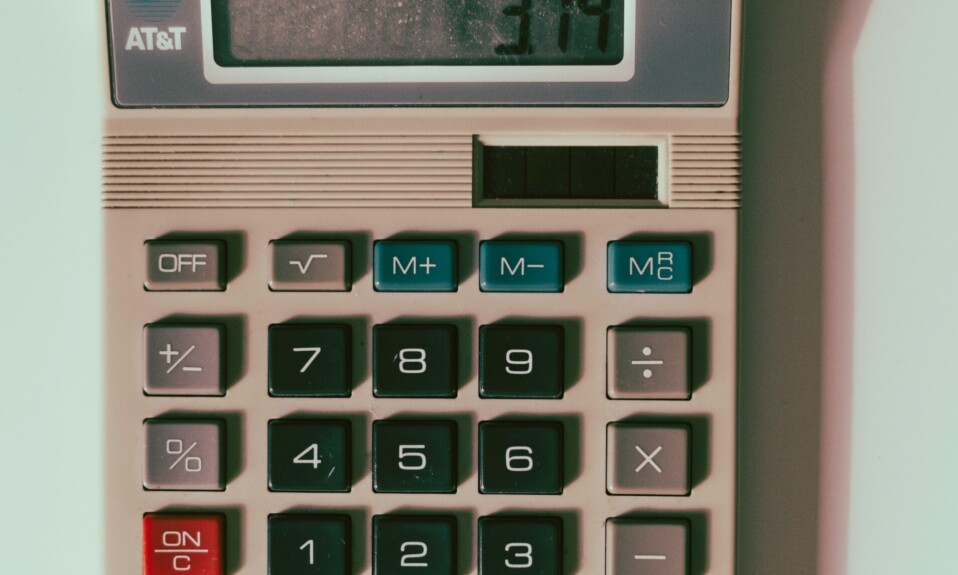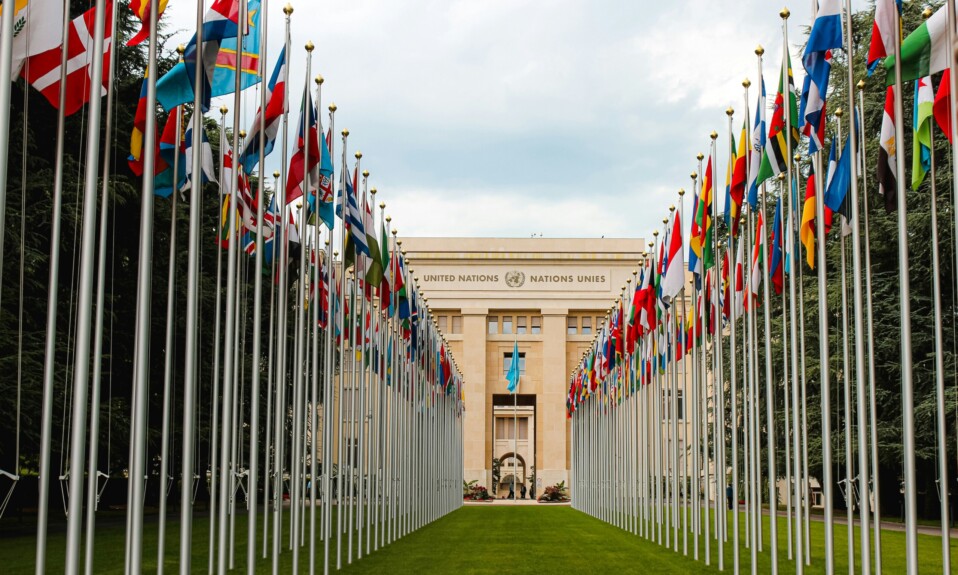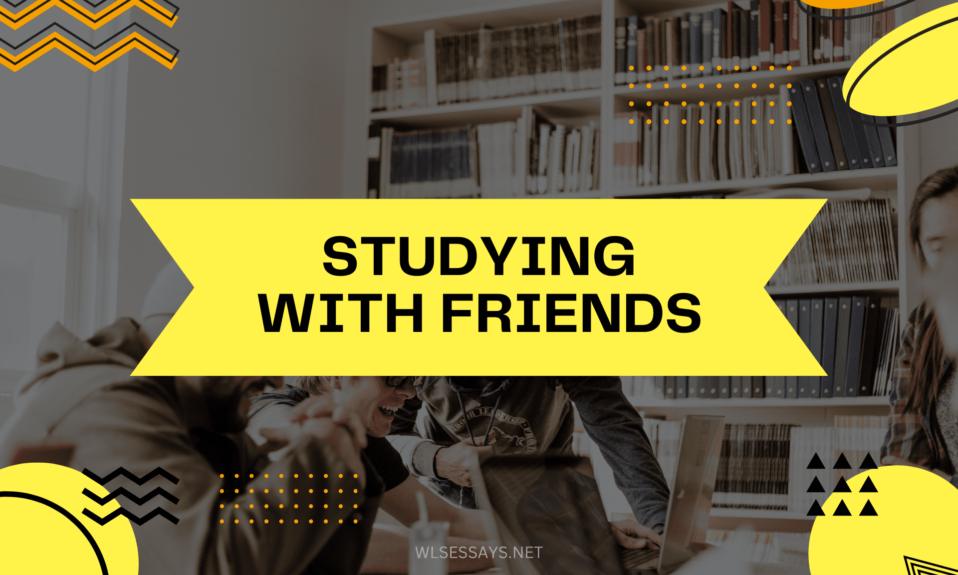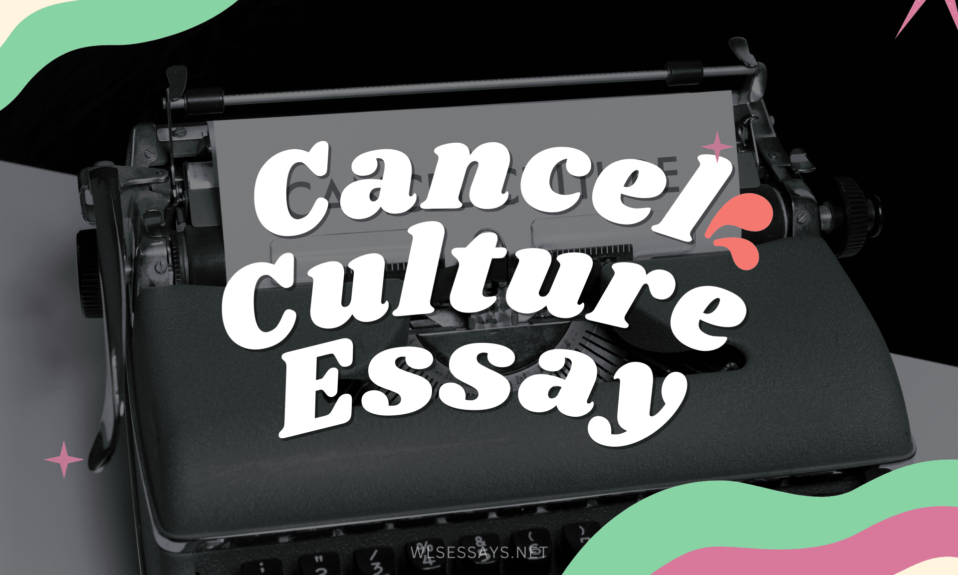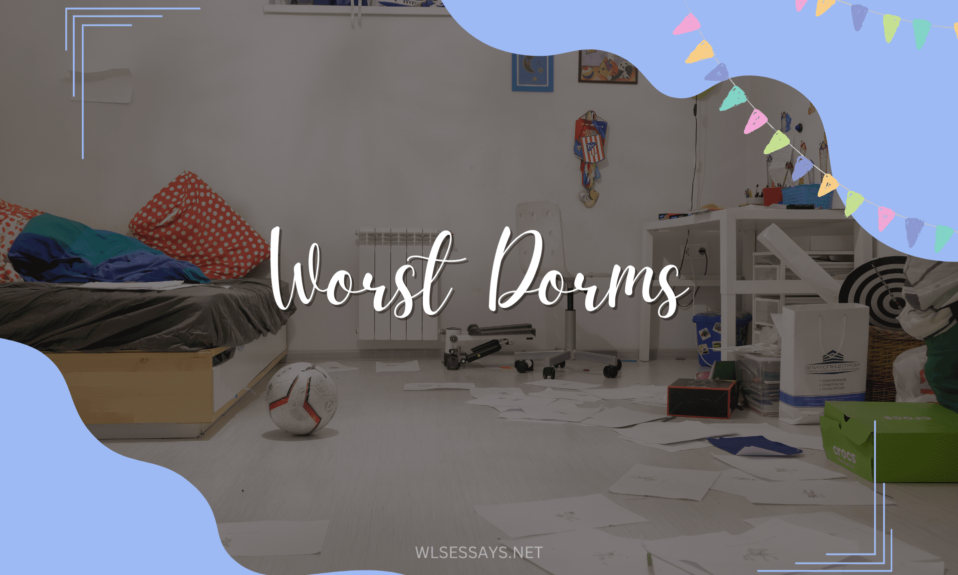Student’s Name
Institutional Affiliation
Course
Professor’s Name
Date
Brain Damage can Lead to More Creativity: A Critical Review of Academic Literature
Creativity is invaluable for people’s ability to cope with change, innovate, and find new solutions to the challenges they experience in society. Therefore, a deeper understanding of the complex and multi-dimensional construct of creativity is instrumental in supporting people’s societal and cultural progress (Giovagnoli, 2020). As the hallmark of human thoughts, creativity and creative thinking have been the subject of research for many decades, particularly on the cognitive and neural processes that support the generation and application of noble and contextually appropriate ideas. Recently, researchers have focused on the neuroscience of creativity, mainly the relationship between creative thoughts and cognitive control networks, as well as the brain regions that support them (Harris, De Rooij, & Kuhl, 2019). Studies on the neuroscience of creativity literature have underscored the significance of cognitive control mechanisms for creative thoughts. However, some scholars have indicated that diminished cognitive control due to brain damage has potential benefits for creativity (Abraham, 2018). Therefore, there is a misconception that brain damage can lead to more creativity because it unleashes new superlative abilities in artistic creativity. The notion that brain damage can lead to more creativity is just a myth because research has shown that brain damage impairs the neural pathways and structures of the prefrontal lobe responsible for discoveries and innovations.
Whereas a large body of work has explored the deficits of the traditional neuropsychological domains such as memory, attention, and language, only a few studies have examined how brain damage influences creativity, a multi-domain cognitive phenomenon. Therefore, there is a need to review existing research on whether brain damage leads to more or less creativity for different classes of creatives. This essay will critically examine the belief that brain damage can lead to more creativity through a review of academic literature. It will start with a definition of brain damage and creativity. Later on, the essay will provide the various theories that explain creativity from a neuroscientific viewpoint. Afterward, the paper will explore the relationship between the brain and creativity based on recent studies. Using theoretical and empirical evidence, the essay will then argue why the idea that brain damage can lead to more creativity is a myth. The arguments against such a position will then be provided. The next part of the essay will provide a novelty statement, a critical evaluation of the two viewpoints, and the author’s position concerning the idea that brain damage leads to more creativity. Finally, this paper will provide a succinct summary of the ideas and concepts discussed in the essay.
Brain Damage Defined
Brain damage refers to anything that leads to either the destruction or the degeneration of the brain cells. Many authors have associated brain damage with “brain injury” or “traumatic brain injury (TBI).” According to Ruggiero et al. (2019), damage to the brain, such as via the use of sudden external pressure or physical assault, is the primary cause of TBI. However, Rigon et al. (2020) are more scientific in their description and argue that TBI is a nondegenerative form of assault to the brain using a blunt object, which results in the temporary impairment of a person’s brain functions or permanent damage to their operations. Moreover, brain damage would also lead to an altered or diminished state of consciousness. Kunadia et al. (2021) warn that TBI’s definition is inconsistent across disciplines because it tends to vary based on the particularities, specialties, and circumstances in question. However, the underlying effect is that brain damage is associated with neurological deficits. As Giovagnoli (2020) asserts, some of the major causes of brain damage include an aggressive/violent blow to a person’s head with an object whose impact goes through the brain tissue. However, the brain damage can be either mild or severe. De Luca et al. (2019) state that while mild TBI only affects the brain cells temporarily, more serious TBI can lead to bruising, the presence of some torn tissues, external and internal bleeding, and physical damage to an individual’s brain. Individuals with brain damage may have destruction or a deterioration of the brain cells (Rigon et al., 2020). In psychology, brain damage is also known as neurotrauma and manifests via the impairment of the cognitive, motor, or sensory skills normally mediated by the brain. Besides a jolt to the head, brain damage may also emanate from infections or an inadequate supply of oxygen to the brain (Giovagnoli, 2020). Having defined brain damage, particularly in psychology, it is critical to focus on what creativity means.
Creativity Defined
Creativity is defined as a person’s capacity to think innovatively and come up with novel and original work which is unusual, unexpected, and valuable to society. According to Abraham (2018), creativity is “the capacity to conceive of ideas that are original, unique, unusual or novel as well as relevant, fitting, appropriate or satisfying to a particular end, is primarily explored through neuroimaging and EEG-based approaches” (p.71). Such a definition focuses on the novelty of the ideas and their relevance and utility. However, while Giovagnoli (2020) agrees with other scholars that creativity must entail the generation of something new, unexpected, and useful to their demands and necessities, he also adds that creativity “requires reasoning outside the box, which is independent of personal experiences and knowledge, developing unreleased associations between objects, people, or situations” (2). Some executive functions that are needed in creativity include the initiation of new ideas, evaluation of diverse perspectives, and the planning of goal-oriented strategies. Further, Abraham (2018) asserts that the originality of ideas is a central concept in determining the degree of creativity, other necessary factors include the reasonableness, appropriateness, relevance, and suitability of the concepts. Ideas will only be considered creative if they are befitting, original, and appropriate to a particular concept. Giovagnoli (2020) asserts that creative thinking is concerned with the ability of individuals to break from conventional and well-established norms and ideas and instead develop alternative behaviors when faced with new and unexpected situations. Chrysikou (2019) further underscores the importance of creative thinking as the hallmark of human thought. However, the author states that creativity is a process most closely related to divergent and convergent thinking (Chrysikou, 2019). Many theories have been introduced in psychology to explain creativity and creative thinking.
Theories of Creativity (300)
Creativity is explained by developmental, psychometric, cognitive, problem-solving, expertise, problem-finding, typological, systems, and developmental theories. However, in neuroscience and psychology, the most important theories to examine are cognitive theories (Abraham, 2018). According to the knowledge access/retrieval model advanced by Gerald Mendelsohn, the key differentiating factor between a highly creative person and a less creative one is the attentional control they exert in their access to knowledge (De Luca et al., 2019). For instance, highly creative people majorly possess a wide attentional capacity/defocused attention. However, Chrysikou (2019) posits that the disinhibition approach to creativity states that creativity is premised on the degrees of a person’s cognitive, attentional, latent, diffuse, and defused disinhibition, as well as the presence of overinclusive thinking. A key proponent of the disinhibition theory of creativity, Ernst Kris, states that creativity is a product of the “vacillate between “primary process” and “secondary process” cognition” (Abraham, 2018, p.100). The idea of such a theorist is that mild insufficiency in attentional inhibitory control presents various advantages to an individual regarding creativity. However, Carson (2019) warns that there is extreme heterogeneity among studies about using different tasks to measure creativity and cognitive inhibition, which has led to their divergent findings. Despite the differences in how the diverse theorists measure creativity, they share commonalities regarding the kinds of information process biases that impact creative expression. For instance, they agree that creativity refers to “the ability to activate remotely represented ideas and concepts” (Abraham, 2018, p.103). However, the differences in the theories are that the putative brain correlates and the precise dynamics of the underlying mental operations of creativity are yet to be established from a practical or hypothetical standpoint.
Relationship Between the Brain Status and Creativity
The processes in the brain that influence creativity are abstraction, working memory, planning, and cognitive flexibility. Carson (2019), in his study to explore the interrelation between creative thought processes and the different parts of the brain process, established that creativity requires a mix and remix of mental representations for individuals to create novel ideas and new ways of thinking. Recently, there has been an increased interest among cognitive neuroscientists on the brain parts responsible for contributing to creativity. However, as Abraham (2019) alleges, creativity requires the coordination of multiple brain regions due to its complexity, hence diffusing the naivety among some people who think creativity can be localized to a single region in the brain. Surprisingly, only a few studies have sought to explore the brain regions responsible for creativity (Sunavsky & Poppenk, 2020). Many scientists hold the view that creativity is a product of the frontal cortex since this part of the brain is responsible for the cognitive processes of abstraction, planning, and flexibility. Nevertheless, recent studies have shown that the human brain does not just have one creative center (Harris, De Rooij, & Kuhl, 2019). Whereas there is no doubt that the frontal cortex is the primary brain organ responsible for creativity, other parts, such as the hippocampus, are significant in enabling people to memorize their declarations, facts and experiences; thus, such brain parts are also vital for creative thinking (Abraham, 2018). The role of the hippocampus is to act as a storage facility by receiving a person’s memories from the cortex and interweaving the different ideas stored. For instance, a study by Ovando-Tellez et al. (2022) established that individuals with damage to their hippocampus recorded lower scores of divergent thinking, confirming its importance in creativity. Moreover, the basal ganglia are the primary brain parts used in processing the memory of skills about ways of doing things. Now, it is critical to turn to what empirical evidence has shown about the interrelationship between brain damage and creativity.
Can Brain Damage Lead to More Creativity?
Arguments in Support
Supporters of the idea that damage can lead to enhanced creativity argue that it is a truth and not a myth because of recent studies that have shown individuals with different mental illnesses related to brain damage realized the release of artistic and musical abilities. Abraham (2018) admits that whereas increased artistic and musical abilities due to brain damage is a rare manifestation, it is not surprising considering that in some mental illnesses, the brain tissues that are affected by the degeneration and impairment are the temporal lobe and not the frontal lobe. Additionally, Ruggiero et al. (2019) assert that there is a positive link between mental illnesses emanating from brain damage, such as frontotemporal dementia (FTD), and creative ability. Specifically, the author asserts that a higher incidence of mental illness in individuals in creative professions, such as music and art, leads to more creativity (Rigon et al., 2020). For example, a study of writers and artists leads to discrepant findings about how damage to their brains influences their levels of creativity. However, Abraham (2018) explains that the reason for the enhanced creativity for those in the creative industries due to brain damage is that “brain injury leads to deficiencies in certain aspects of functioning (such as loss of semantic understanding, lack of social awareness, or speech production difficulties) and is accompanied by enhanced de novo abilities that are relevant to visual art or music” (p.134). The reasoning is that the information processing mechanisms lead to deficits in normative cognitive functioning but an enhancement of their creativity-relevant abilities. The explanation for such a scenario is that brain damage leads to a breakdown in the top-down control of concept-driven thinking, which is beneficial for realizing creative potential. However, Ovando-Tellez et al. (2022) warn that the creativity-relevant advantages for those with brain damage are dissimilar across different groups. Nevertheless, scholars have paid lip service in explaining the reasons for the diversity in the manifestation of the creative abilities among different groups.
Innumerable case studies have shown that despite artists and creatives enduring altered brain function because of experiencing some form of brain damage, they continue to produce great works confirming the idea that brain damage can lead to more creativity. Abraham (2018), citing previous researchers, explains, “What is intriguing is that, while artists with brain insufficiencies tend to exhibit a range of psychological deficits, such as in-memory retrieval and language production, they continue to produce art, seemingly unimpeded unless their motor functions are directly affected” (p.321). The author argues that artistic tendencies suddenly develop following incidences of brain damage and associated mental illness because of the idea of de novo generative capacity (Abraham, 2018). For example, in the first paper to three patients who had brain damage following the onset of FTD, they went on to become accomplished artists (painters) because, whereas the temporal lobes were dysfunctional, the brain damage did not affect a key brain part responsible for creativity- the frontal lobe (Kunadia et al., 2021)). This explains the sudden manifestation of enhanced creativity after brain injury for artists. The phenomenon is explained by the fact that the need to communicate and express is unaffected, and even when brain damage impairs the ability of an individual to communicate in the normal or accustomed capacity, it also pushes other avenues that accommodate such a drive (Abraham, 2018). Moreover, Chen, Beaty, and Qiu (2020) add that there is a distinction between artistic expression and creative artistic expression. In Abraham’s (2018) view, whereas turning to art can in itself be considered innovative, the final product produced is not necessarily creative. Additionally, Giovagnoli (2020) states that originality in creativity is vital and does not just entail the generation of open-ended responses but also pushing the bar higher into going beyond the known.
Other arguments that support the belief that brain damage leads to enhanced creativity are the studies which show that whereas the damage diminishes the functioning of some parts of the brain, the brain parts whose roles are hampered cede their control to other parts, hence the enhancement of artistic expression in persons with brain damage. Such a finding was from the study by Friedberg et al. (2023) published in the JAMA Neurology. The researchers established that there is an “emergence of a vibrant creative spark in the face of devastating neurological disease speaks to the human brain’s remarkable potential and resilience [and that] burst of inspiration is especially true of frontotemporal dementia (FTD). Although a few rare cases of FTD are linked to improvements in verbal creativity, such as greater poetic gifts and increased wordplay and punning, enhanced creativity in the visual arts is an especially notable feature of the condition” (Martone, 2023, para. 2-3). Therefore, some people will have impaired speech production, while others will be unable to comprehend word meanings (Abraham, 2019). Nevertheless, according to Ruggiero et al. (2019), FTD can lead to the degeneration of brain cells in the frontal lobes, which affects people’s social behavior and decision-making. Moreover, researchers have established that in people with FTD, the damage done to the frontal lobes impairs people’s ability to suppress other brain activities, and their behaviors become more disinhibited and socially inappropriate. The increase in artistic expression emanates from the other parts of the brain, which take up the mandate to support the artistic expression of FTD victims (Abraham, 2018). In addition, Friedberg et al. (2023) established that “lesion-induced activation of dorsal visual association areas may predispose some patients to the emergence of VAC, a remarkable gain of function that occurs early in the illness” (p.8). Such a remarkable gain of functions explains why the rates of artistic creativity among individuals with brain damage may increase. Despite this empirical evidence from supporters of the idea that creativity can lead to increased creativity, there is also sufficient evidence that leads to the conclusion that the belief that brain damage leads to increased creativity is a myth.
Arguments Against
Critics of the idea that brain damage can lead to more creativity assert that such a statement is a myth because evidence has repeatedly shown that brain damage leads to deficits in the critical aspects of brain functioning and normative cognitive functioning. For example, Abraham (2018) asserts, “Brain injury leads to deficiencies in certain aspects of functioning (such as loss of semantic understanding, lack of social awareness, or speech production difficulties …” (134). In addition, Ruggiero et al. (2019) assert that TBI and other forms of brain damage impair a person’s imagination and adversely affect the part of the brain that controls creativity. Moreover, Harris, De Rooij, and Kuhl (2019) posit that the brain’s left and right sides of the brain play a vital role in imagination, and neurological damage of any sort to the brain impacts a person’s ability to interpret and understand things happening around them. For example, if the occipital lobe, ordinarily located on the lower back part of the brain, is damaged, individuals experience a loss of imagination (Giovagnoli, 2020).). Therefore, those who endure brain damage lose their ability to imagine, experience, and develop innovative ideas and concepts. Brain diseases that lead to brain damage hurt creativity by affecting the interactions between hemispheric lateralization and frontotemporal connections, reducing the victim’s ability to create new ideas and conceptual schemes (Friedberg et al., 2023). Further, Chrysikou (2019) is adamant that the right brain and the temporal lobe are the primary contributors of skills in novelty detection, while the left brain and the frontal lobe generate new parts of action from the novel perceptions of the other parts of the brain. Therefore, damage to either of those parts reduced creativity by affecting the spatial orientation and visual process of the victims (Abraham, 2018). Such critics further assert that even if brain damage were to increase creativity in some persons, only a small percentage would benefit because it is a departure from the general rule that brain damage adversely affects creative abilities.
The de novo emergence of artistic abilities in individuals with brain damage cannot be used to wholly support the idea that brain damage can lead to more creativity because there is a distinction between artistic and creative expressions. For instance, Abraham (2018) argues that in many neurological cases., “the turning to art is itself innovative; the produced art, however, is not necessarily creative …” (323). The author contends that originality in creativity involves not just generating open-ended questions but going beyond the unknown. Ginis, Stewart, and Kronborg (2022) further add that there is a need to challenge the romantic societal mythologies regarding the effect of brain damage on creativity since the degree of dysfunction from the mental illness may be insignificant. For example, milder subclinical symptoms of brain damage may not have a significant effect on creativity, whereas full-blown disorders negatively interfere with creative activity. Moreover, Carson (2019) produces evidence to show that while individuals with mild symptoms of mental health illness have selective advantages for creative cognition, “those with negative disorganized schizotypy and clinically severe schizophrenia, however, experienced creativity deficits” (Kronborg, 2022, p.). However, Kunadia et al. (2021) call for more studies before there can be a conclusion about the effect of brain damage on creativity because there can be multiplicative factors that can affect people’s creativity. For example, Abraham (2018) states that in the context of creativity, apart from brain damage, other factors may affect an individual, including personal preference, level of expertise, and psychopathological factors. Therefore, whereas the brain basis for exploring creativity is essential, further studies should be conducted to determine the influence of other factors on creative capacity (De Luca et al., 2019). Moreover, the experiences and perceptions of minority groups have been understudied; thus, there is no certainty that all people’s creativity will be enhanced by brain damage. In any case, it is only in a minority of cases where brain damage has been found to enhance creative capacity.
This work is novel because it evaluates the two sides of the argument that brain damage can lead to more creativity, and after weighing the two sides, the author provides a position. No studies have been conducted to critically evaluate whether the idea of brain damage enhancing creativity is a myth or a factual belief. Based on the examination of the evidence for and against the belief that brain damage can lead to more creativity, it is evident that such a statement is a myth, considering that only in certain circumstances and in a small number of instances have artists benefited from brain damage (Abraham, 2018). Supporters of the myth base their arguments on the examples of different numbers of artists whose creativity has increased after brain damage (Carson, 2019; Ginis, Stewart, & Kronborg, 2022). The point they make is that whereas brain damage does not hamper artistic expression, it allows for the effective application of talents and skills. The examples they use are those of artists with Alzheimer’s disease or FTD, as well as other degenerative diseases. Despite the presence of these conditions, the artists have no pronounced reduction in their artistic expression (Chen, Beaty, & Qiu, 2020). Moreover, supporters of the idea of brain damage’s ability to enhance creativity argue that despite the deleterious effect of brain damage on the ability of individuals to communicate in their normal or accustomed capacity, the brain pushes other avenues that come in and accommodate such a drive (Abraham, 2018). However, the arguments and evidence adduced by those against such a myth are more compelling as they show that the general rule is that brain damage normally leads to deficiencies in the brain’s function, including the lack of semantic understanding and speech production (Harris, De Rooij, & Kuhl, 2019). There are de novo abilities enhanced from brain damage that are only applicable to visual art or music. Going back to the definition of creativity, it is clear that the idea that mental illness is associated with a heightened propensity for creativity remains ubiquitous but largely untrue. Damage to the prefrontal lobe responsible for new discoveries can only lead to one conclusion- that brain damage reduces creative capacities in most people because the generation of new ideas is hampered.
The belief that brain damage can lead to more creativity is just a myth because solid evidence exists to show that traumatic brain injury impairs the brain parts, such as the prefrontal lobes tasked with innovation and creativity. A review of the literature has presented emerging findings that show that when some artists undergo brain damage, their creative abilities are enhanced or unaffected. For instance, studies done on musicians and painters demonstrated a fascinating occurrence among artists following a brain injury, particularly in visual and musical arts. Moreover, studies have established that people recovering from FTD have a sudden burst of innovation, and in some cases, the existence of mental health diseases has been linked to improvements in verbal creativity. Research has also shown that despite the devastation of degenerative diseases that cause brain damage, there is still a vibrant creative spark, demonstrating the high levels of potential and resilience that brain parts possess. However, the de novo emergence of artistic proficiency is rare and witnessed only in a minority of cases. In many incidences, brain damage leads to impairments in the brain organs responsible for creativity. Moreover, while turning to art is itself innovative, the produced art is not necessarily creative. Furthermore, brain damage affects the interactions between hemispheric lateralization and frontotemporal connections, preventing their generation of new and innovative action patterns. The destructiveness of brain damage to the neurons required for creativity means that individuals who experience traumatic brain injuries will have reduced creative capacities.
References
Abraham, A. (2018). The neuroscience of creativity. Cambridge University Press. ISBN: 978-1316629611.
Abraham, A. (2019). The neuropsychology of creativity. Current Opinion in Behavioral Sciences, 27, 71-76. https://doi.org/10.1016/j.cobeha.2018.09.011
Carson, S. H. (2019). 14 creativity and mental illness. Cambridge Handbook of Creativity, 296-318. https://doi.org/10.1017/9781316979839
Chen, Q., Beaty, R. E., & Qiu, J. (2020). Mapping the artistic brain: Common and distinct neural activations associated with musical, drawing, and literary creativity. Human Brain Mapping, 41(12), 3403-3419. https://doi.org/10.1002/hbm.25025
Chrysikou, E. G. (2019). Creativity in and out of (cognitive) control. Current Opinion in Behavioral Sciences, 27, 94-99. https://doi.org/10.1016/j.cobeha.2018.09.014
De Luca, R., Maggio, M. G., Maresca, G., Latella, D., Cannavò, A., Sciarrone, F., … & Calabrò, R. S. (2019). Improving cognitive function after traumatic brain injury: A clinical trial on the potential use of the semi-immersive virtual reality. Behavioural neurology, 2019. https://doi.org/10.1155/2019/9268179
Friedberg, A., Pasquini, L., Diggs, R., Glaubitz, E. A., Lopez, L., Illán-Gala, I., … & Miller, B. L. (2023). Prevalence, timing, and network localization of emergent visual creativity in frontotemporal dementia. JAMA neurology, 80(4), 377-387. https://doi.org/10.1001/jamaneurol.2023.0001
Ginis, K., Stewart, S. E., & Kronborg, L. (2022). Inter‐relationships between artistic creativity and mental and physical illness in eminent female visual artists: A qualitative exploration. The Journal of Creative Behavior, 56(3), 414-431.
Giovagnoli, A. R. (2020). The contribution of the frontal lobe to creativity. Insights from epilepsy. Epilepsy & Behavior, 111, 107313. https://doi.org/10.1016/j.yebeh.2020.107313
Harris, T. C., De Rooij, R., & Kuhl, E. (2019). The shrinking brain: Cerebral atrophy following traumatic brain injury. Annals of biomedical engineering, 47, 1941-1959. https://doi.org/10.1007/s10439-018-02148-2
Kunadia, A., Aughtman, S., Hoffmann, M., Rossi, F., & Rossi, F. H. (2021). Superlative artistic abilities in a patient with post-traumatic brain injury. Cureus, 13(7). https://doi.org/10.7759%2Fcureus.16697
Martone, R. (2023). A Rare Form of Dementia Can Unleash Creativity. Scientific American. https://www.scientificamerican.com/article/a-rare-form-of-dementia-can-unleash-creativity/
Ovando-Tellez, M., Kenett, Y. N., Benedek, M., Bernard, M., Belo, J., Beranger, B., … & Volle, E. (2022). Brain connectivity–based prediction of real-life creativity is mediated by semantic memory structure. Science advances, 8(5), eabl4294. https://doi.org/10.1126/sciadv.abl4294
Rigon, A., Reber, J., Patel, N. N., & Duff, M. C. (2020). Traumatic brain injury and creative divergent thinking. Brain injury, 34(6), 793-800. https://doi.org/10.1080/02699052.2020.1753810
Ruggiero, F., Cortese, F., Lavazza, A., D’Urso, G., Di Nuzzo, C., Marceglia, S., … & Ferrucci, R. (2019). Do neurodegenerative diseases affect creativity? Divergent thinking in frontotemporal dementia and Parkinson’s disease. Creativity Research Journal, 31(1), 102-109. https://doi.org/10.1080/10400419.2019.1577667
Sunavsky, A., & Poppenk, J. (2020). Neuroimaging predictors of creativity in healthy adults. Neuroimage, 206, 116292. https://doi.org/10.1016/j.neuroimage.2019.116292



